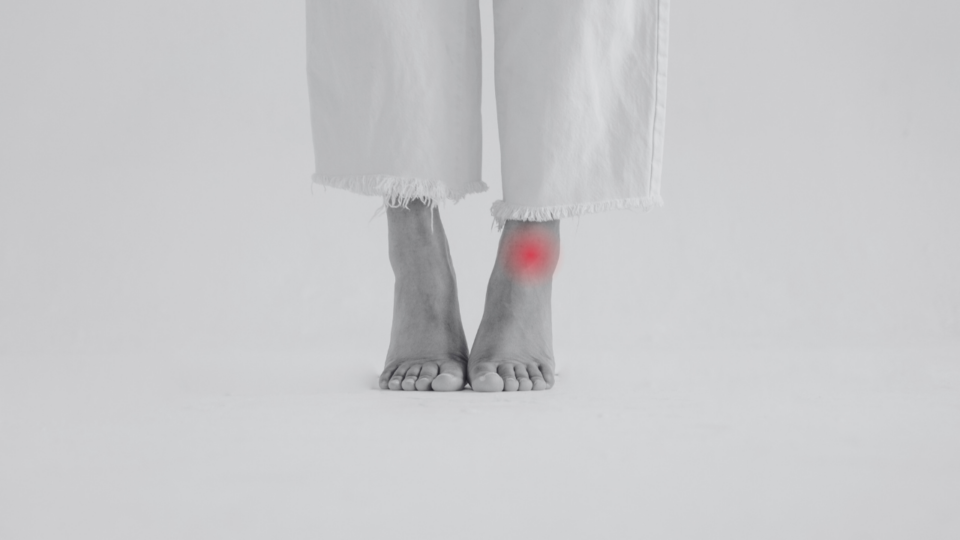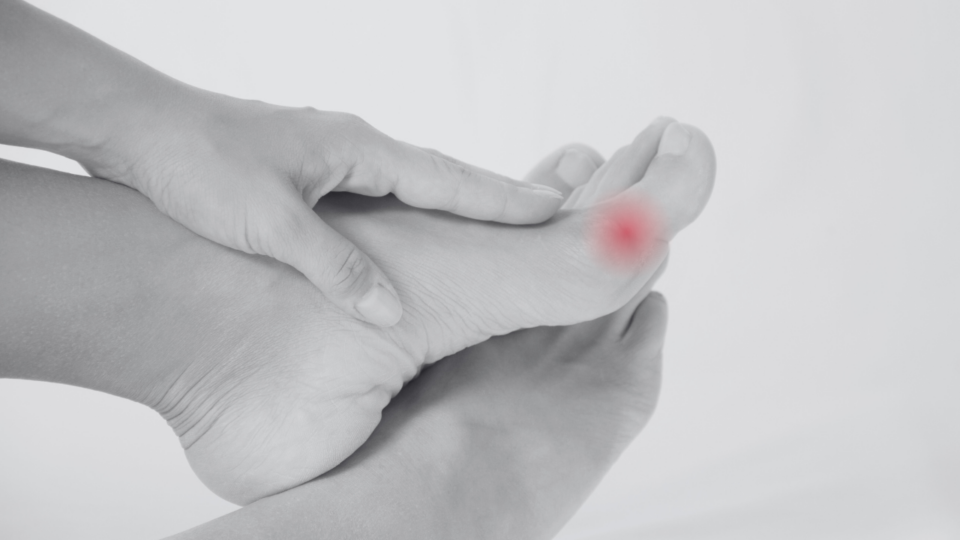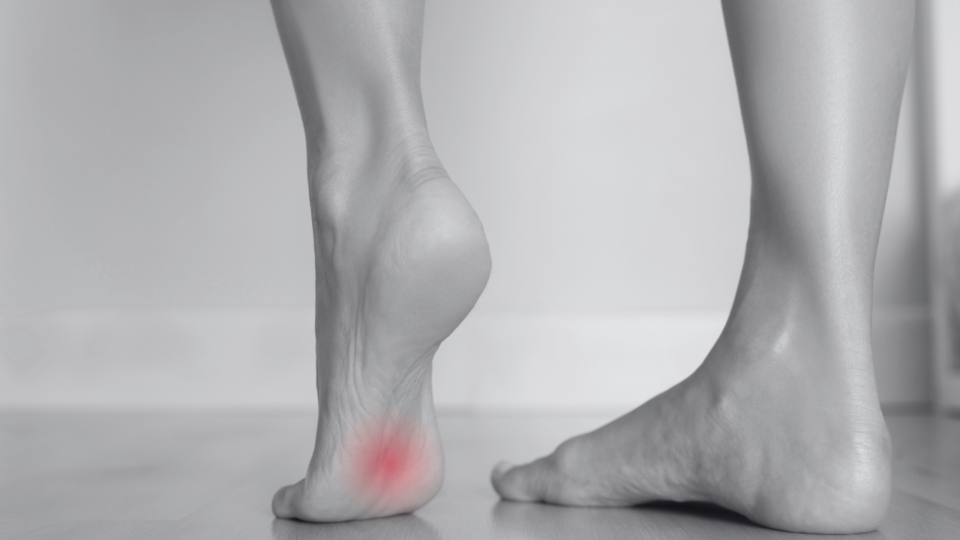A sprained ankle is an injury often associated with wearing high-heeled shoes. The ankle is typically sprained when you twist it or fall – usually affecting the outside of the ankle as it has the greatest mobility.

What Does a Sprained Ankle Mean?
A sprain of the ankle occurs when your ankle is forced out of its normal position – causing one or more of the ankle’s ligaments to be stretched, partially or completely torn. A sprained ankle can also be called an ankle distortion. It is much more common for the outside to be affected than the inside – about 90 percent of all ankle sprains affect the outside of the ankle. Common causes of a sprained ankle include: – Falling and twisting your ankle – Landing awkwardly after a jump – Rolling your ankle – Someone else landing or stepping on your foot
Symptoms of a Sprained Ankle
The severity of your ankle sprain depends on how damaged and unstable the joint becomes. The more severe the sprain, the longer the recovery time. An ankle sprain can be divided into three grades: mild grade 1 to severe grade 3 injury. Most people who sprain their ankle have a mild grade 1 injury.
Here’s how the symptoms look at the different grades:
Ankle Sprain – Grade 1
With a grade 1 ankle sprain, one or more ligaments are overstretched but not torn. You have mild pain, swelling, and tenderness over the ankle. Usually, you do not experience any instability in the joint or have any visible bruises. You can stand and walk with mild discomfort. The recovery time for a grade 1 injury is approximately 1–3 weeks.
Ankle Sprain – Grade 2
A grade 2 sprain of the ankle is slightly more severe – the ligament is partially torn. You have mild to moderate pain, swelling, and tenderness over the ankle. Often, you get a visible bruise on the injured area, which usually appears most prominently the day after the injury. You may experience mild to moderate instability in the ankle, leading to some restriction of movement and function. When standing and walking, the pain is often noticeable. The recovery time for a grade 2 injury is approximately 3–6 weeks.
Ankle Sprain – Grade 3
With a grade 3 ankle sprain, the ligament is completely torn. You often experience severe pain, swelling, and bruising in the injured area, as well as significant instability and severely impaired function and movement in the ankle. You will have difficulty supporting or walking on the foot. The recovery time for a grade 3 injury can take 3–6 months.

